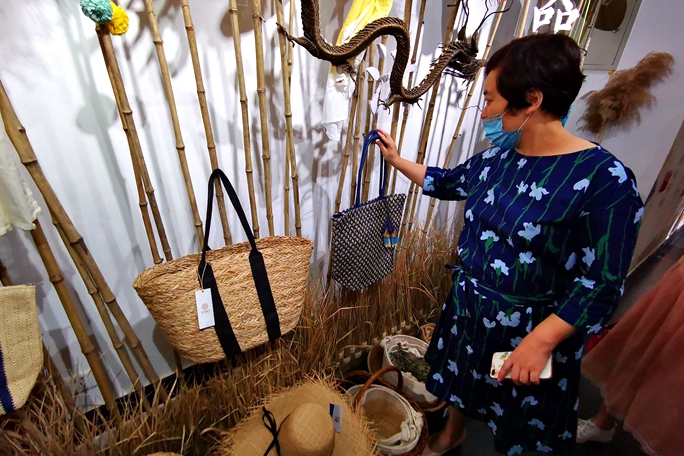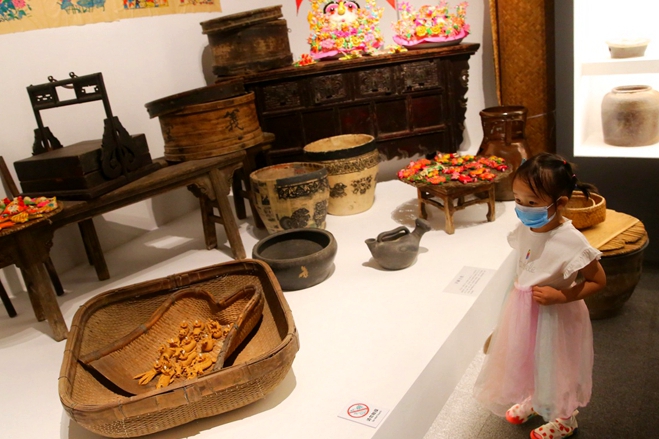Conference highlights development of millennium-old folk art
A conference on the preservation and development of Chinese New Year paintings was held from Nov 22 to 24 in Weifang, East China's Shandong province.
The conference was attended by more than 300 inheritors, experts, scholars, artists and designers from the country's 18 New Year painting project protection units. They discussed ways to revitalize the traditional art form.
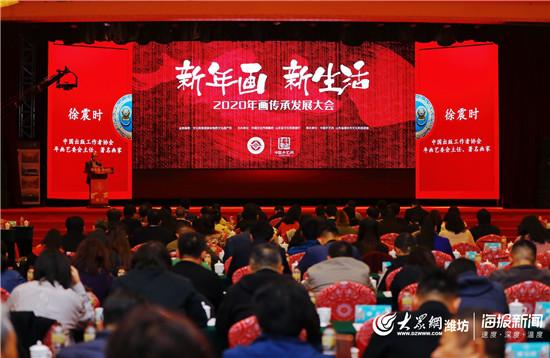 |
|
A conference on the preservation and development of Chinese New Year paintings is held from Nov 22 to 24 in Weifang, Shandong province. [Photo/dzwww.com] |
Chinese New Year paintings, or "nianhua" in Chinese, are a type of chromatic woodblock prints dating back to the Western Han Dynasty (206 BC-AD 24).
Chinese people often decorate their homes with New Year paintings during the Spring Festival to ward off evil spirits and bring good luck to their family.
The goal of the conference was to promote the fusion of New Year paintings with modern styles via a series of activities, including forums, seminars, exhibitions, and tours of local New Year painting workshops, in order to ensure the ancient art form thrives in the 21st century.
Chen Tong, director of the Intangible Cultural Heritage Department of the Ministry of Culture and Tourism, said that New Year paintings are one of China's most iconic traditional art forms.
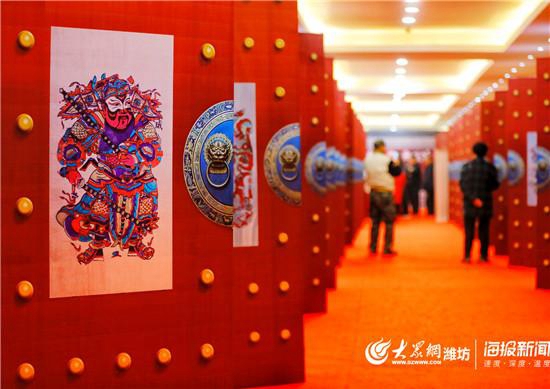 |
|
New Year paintings are exhibited at the conference. [Photo/dzwww.com] |
"We need to not only preserve the art form, but also breathe new life into it. We need to arouse people's interest in these paintings, as they are no longer merely Spring Festival decorations – they are also fine works of art."
Guo Jianfen, an official from the Shandong Provincial Department of Culture and Tourism, said that the conference explored ways to better preserve contemporary New Year paintings.
Yangjiabu, a village in Weifang, has been making woodblock-printed New Year paintings since the Ming Dynasty (1368-1644). It is now one of China's three main production centers of traditional paintings, along with Yangliuqing in Tianjin and Taohuawu in Suzhou.
"The conference explores new possibilities for the development and innovation of New Year paintings in Weifang," said Ma Qingmin, vice mayor of Weifang.
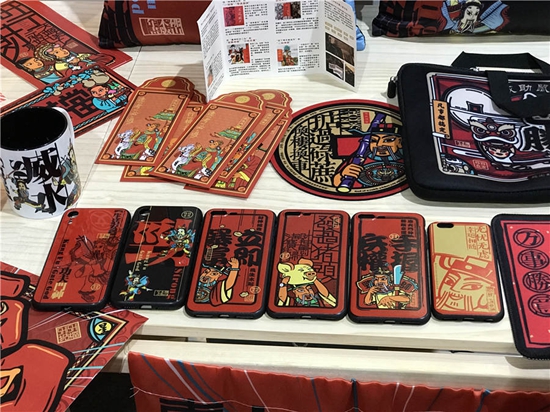 |
|
Household items such as mouse pads, bags, and money holders with traditional New Year painting designs are on display. [Photo by Zhou Jingxiong/provided to chinadaily.com.cn] |

 Shandong Culture and Tourism Consumption Season
Shandong Culture and Tourism Consumption Season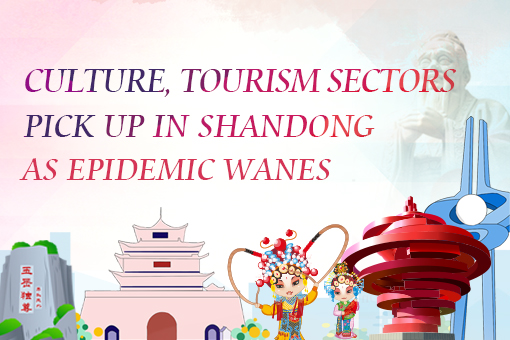 Culture, tourism sectors pick up in Shandong as epidemic wanes
Culture, tourism sectors pick up in Shandong as epidemic wanes